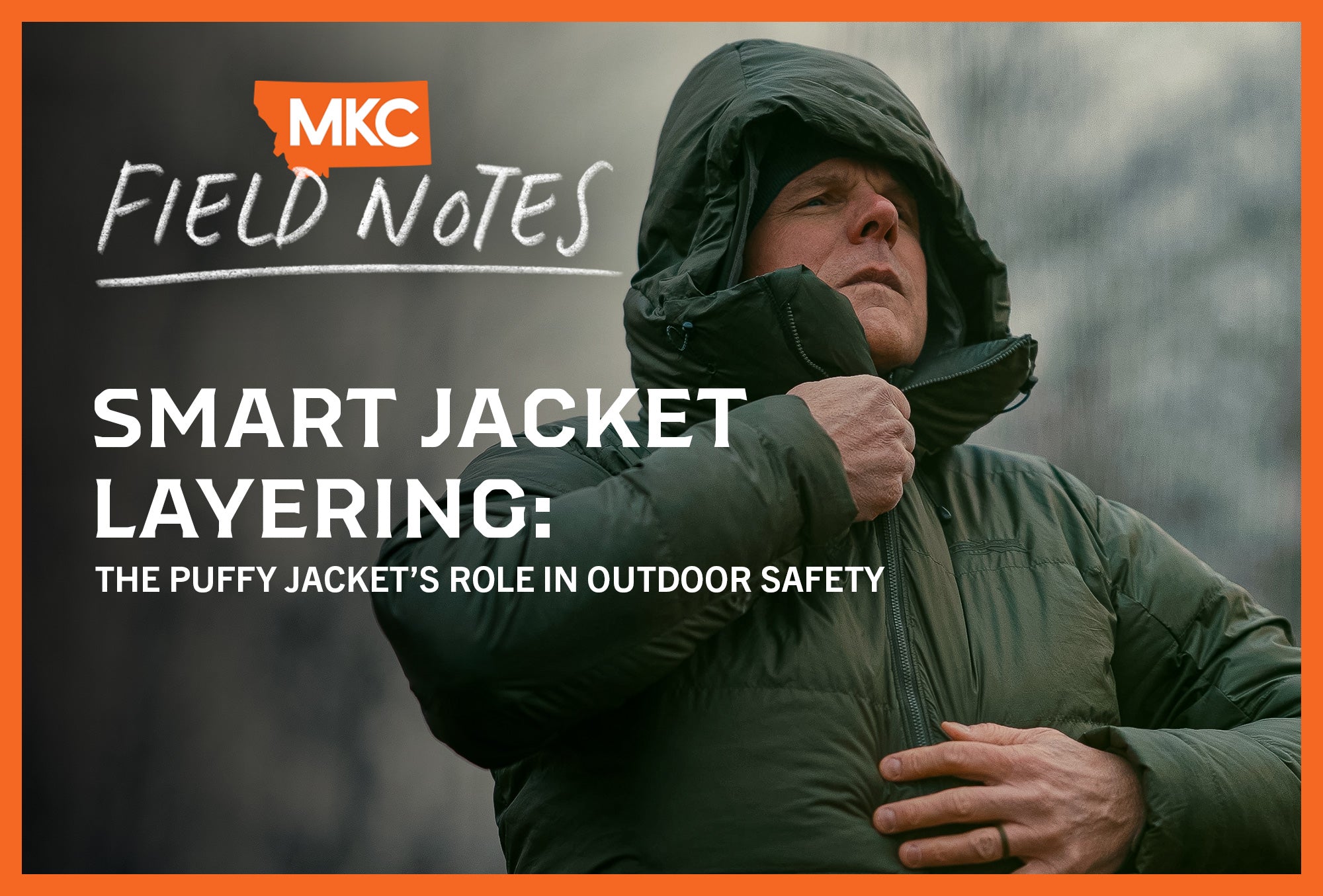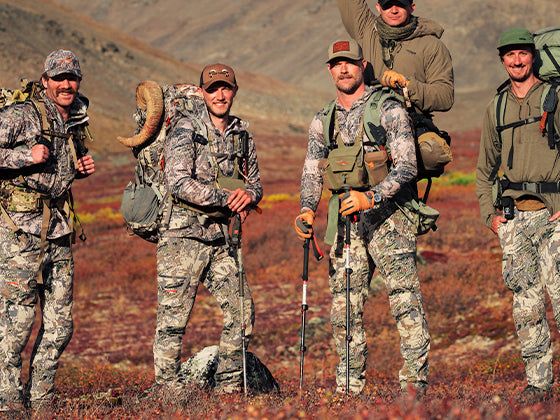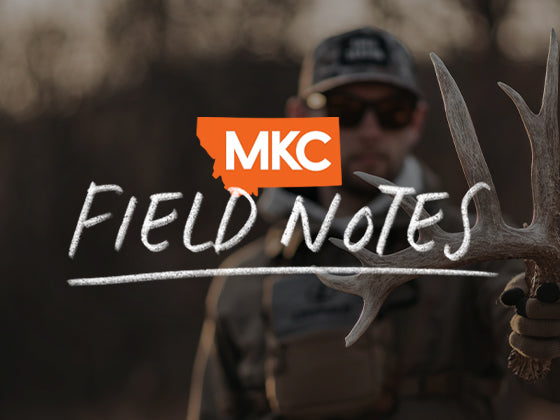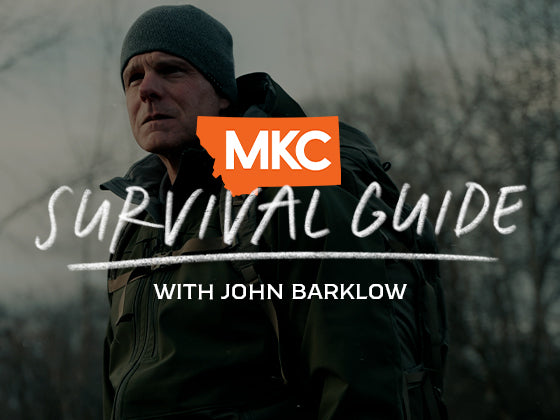After spending three decades in the backcountry and teaching thousands of students how to handle wilderness challenges, certain patterns emerge: what works, what doesn’t, and most importantly, what keeps you alive when a situation goes wrong.

I’ve boiled down these experiences to six cardinal rules for wilderness survival that have repeatedly proven themselves in the field.
Rule #1: Stay as Dry as Possible and Take Every Opportunity to Dry Out
A solo Dall sheep hunt in Alaska drove this rule home in a way I’ll never forget.
The hunt started with perfect weather, but the situation changed fast. Each day brought worse conditions, from sunshine to rain to heavy snow. After hours of unsuccessfully glassing for sheep, I would return to my tent.
The key to drying myself and my gear was developing a system. Instead of sitting around in wet clothing or tossing gear in the corner, I’d immediately strip off the rain gear and get into my sleeping bag while still wearing my base layers. While making a hot drink, my body heat would start drying out those clothes against my skin.
This approach solved two problems at once — keeping warm and drying gear — without burning unnecessary calories. The alternative would have meant starting each morning with cold, wet clothes that would only get wetter throughout the day.
Rule #2: Always Carry Rain Gear and a Puffy Jacket, Even on Day Trips
This rule comes from seeing too many situations turn dangerous fast. You head above the timberline to scout for mule deer, thinking you’ll only be out for a few hours, when afternoon snowstorms roll in without warning or temperatures drop faster than expected.
Rain gear and a puffy jacket work together as a basic shelter system. The rain gear blocks wind and keeps precipitation off, while the puffy jacket locks in your body heat. With these two pieces, you can either hunker down and wait out bad weather or return to camp safely without risking exposure.
Rule #3: Always Have the Ability to Make Shelter
Shelter starts with what you’re wearing, but beyond your clothing, you need tools that protect you from the elements.
If you’re hunting out of your backpack, that may be your tent. For day trips, it may be your tarp. If you’re an ultralight packer, a knife and some 550 cord can do wonders when used effectively. Whatever you choose, make sure it can protect you from bad weather.
You don’t need to carry too much gear to stay safe against poor weather. Just make sure you have the bare minimum tools and skills. In the backcountry, shelter isn’t just about comfort — it’s your first defense against serious trouble.
Rule #4: Adopt a 24-Hour Mindset
Every time you step off the trailhead, be ready for an overnight stay. This isn’t paranoia; it’s preparation. For instance, think about how many times you’ve found that herd of elk you’ve been chasing all season right at dusk.
With a 24-hour mindset and the right gear, you can make smart choices based on your present situation, not because you promised someone you’d be back in a few hours.
When you prepare to spend 24 hours in the great outdoors, you pack enough food, water, and proper clothing for an overnight stay. Most importantly, you’re mentally prepared to handle whatever the hunt throws your way. When hunters try to “beat” the weather or sunset because they aren’t prepared to stay out longer, things often go wrong.
Rule #5: Always Try to Improve Your Situation
Maybe you hiked in with your buddy and set up camp in the dark, only to wake up and realize you’re sitting in a low spot where cold air settles. Move that camp. If you’re up on an exposed ridge and the wind kicks up or rain comes in sideways, set up your tarp.
Keep working to improve your situation, even with an injury like a sprained ankle. If you can still move, work your way closer to camp or your exit point while you’ve got daylight. Small improvements add up, and each one gives you better odds if your circumstances get worse.
Rule #6: Don’t Get Too Depleted
I learned this lesson the hard way while pursuing mountain goats on Kodiak Island.
My hunting partners and I made a rookie mistake: pushing hard all day without eating or drinking enough. After taking two billies on the back side of a ridge and hiking for 18 hours straight, we could barely function. When my most experienced partner couldn’t read a map clearly, I knew we’d pushed too far.
The solution is simple but takes discipline: Hike for 50 minutes, then take a 10-minute break. Use that time to dry out, drink water, eat, and look around. If your situation goes wrong — maybe someone gets hurt while quartering an animal or takes a bad fall — you need energy and a clear mind to handle it.
My Final Thoughts on Wilderness Survival
These six rules work whether you’re hunting sheep in Alaska, skiing in the backcountry, or heading out for a day hike. They’re based on real situations and hard lessons, not theory. Don’t try to be tough. Be smart and get home safe.
These wilderness survival rules weigh nothing, but not having them when you need them can cost you everything. Practice them and implement them during every trip into the wilderness. They’ll keep you safer, more comfortable, and better prepared for whatever the backcountry throws at you.

by John Barklow, Special Operations Survival Instructor and a valued partner of MKC







































